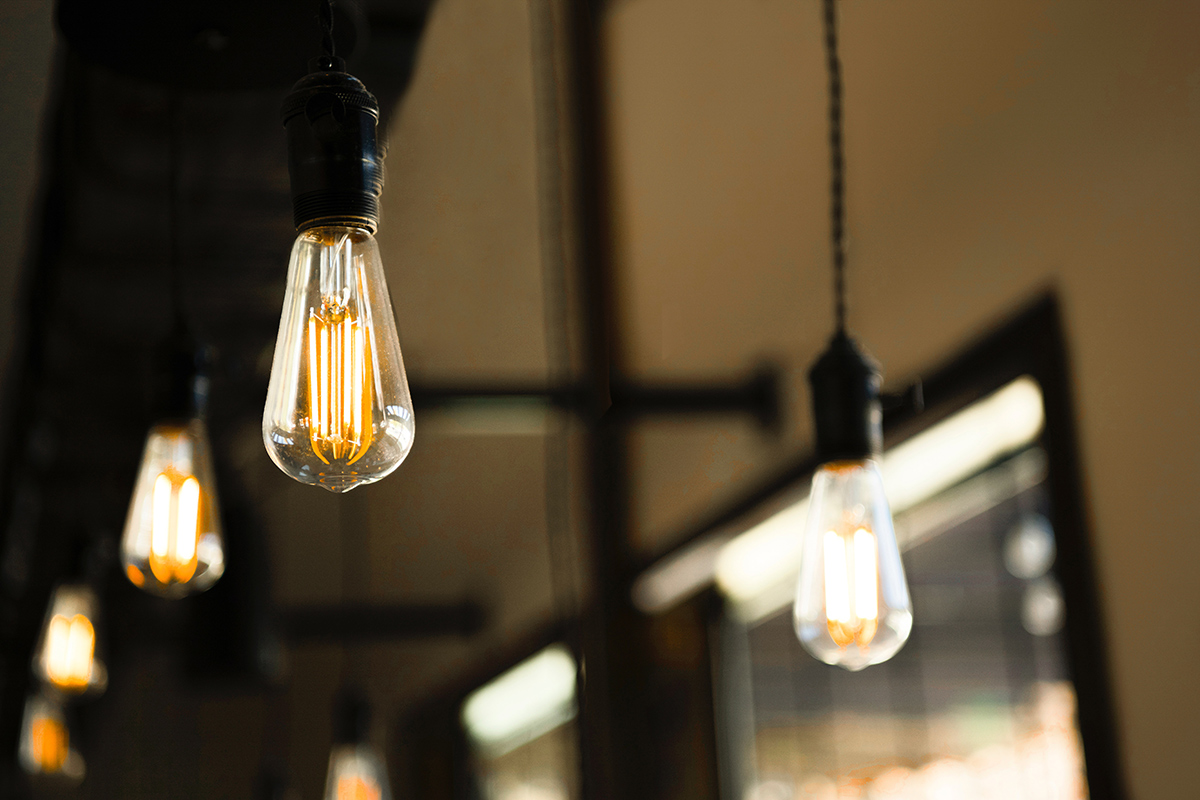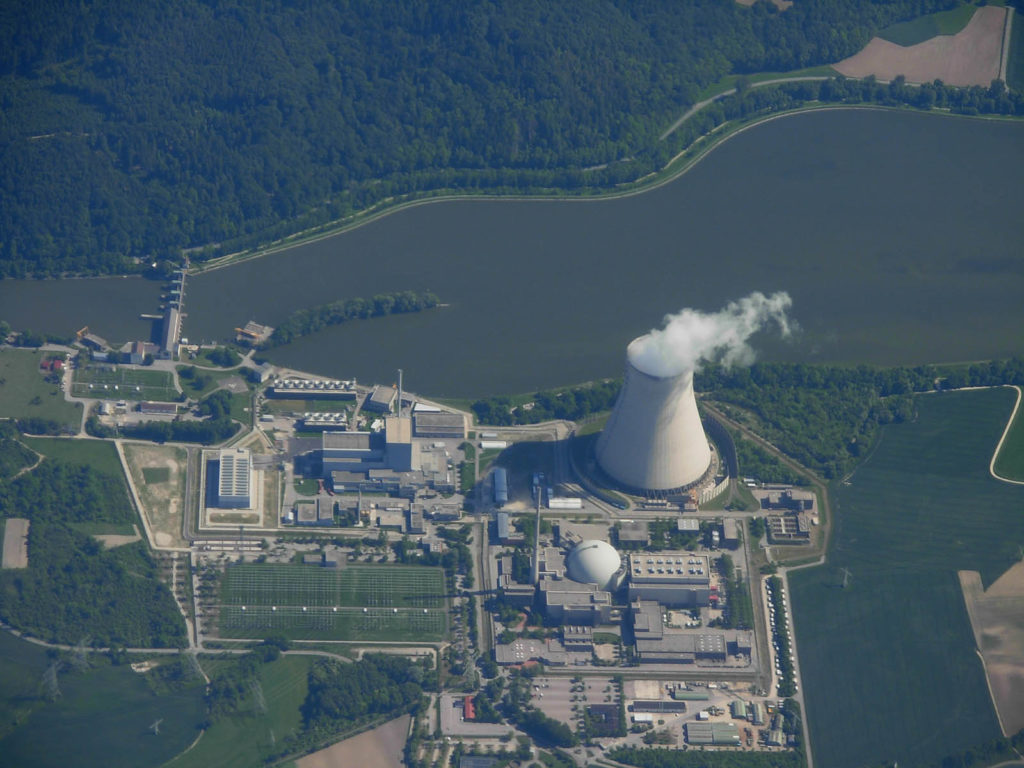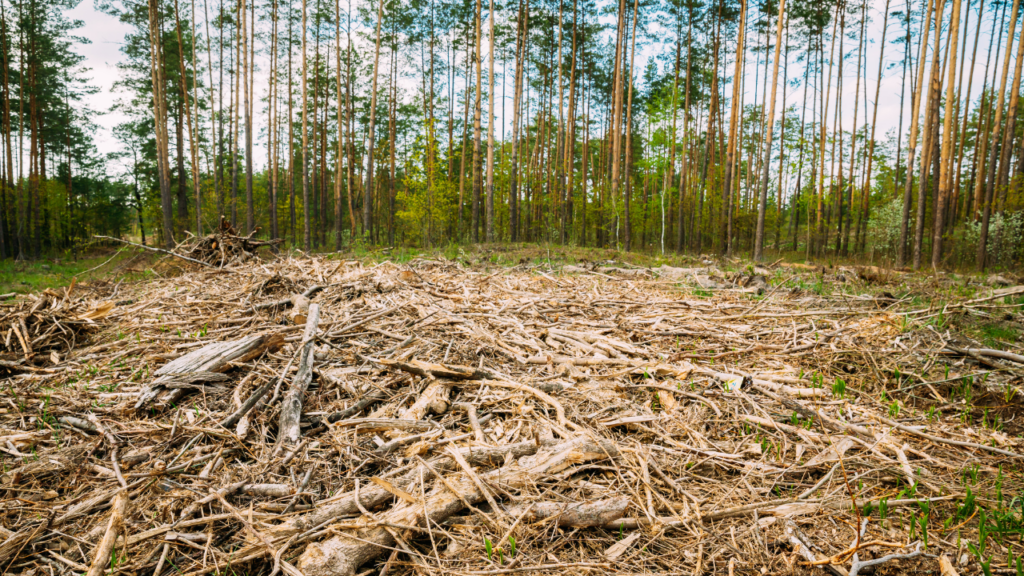The impacts of Australia’s historically lacklustre approach to climate action is hitting close to home, with Australian homes being left behind in the global race to become more energy efficient. The energy efficiency of a home impacts how much energy is required to power the home, such as for heating and cooling. The better the energy efficiency, the less energy being used for the same tasks, and vice versa. Electricity generation is the biggest contributor to climate change in Australia, because the majority of our electricity is made by burning fossil fuels like coal and gas.
Currently, due to low energy efficiency, Australians are forced to use copious amounts of energy in the home which not only contributes to climate change, but also costs a lot of money. This is of particular importance for Australians as a recent study found that the country’s homes are ‘glorified tents’ due to their poor levels of energy efficiency, leaving residents vulnerable to increased health risks.
Many Australian homes are damp, draughty, too cold in winter and too hot in summer. With inefficient appliances and poor thermal performance, residents are reliant on large amounts of artificial heating and cooling to stay comfortable. Exposure to extreme temperatures can cause increases in respiratory and cardio-vascular diseases, leading to increased deaths, particularly in cold weather. Cold living environments account for at least 6 percent of deaths in Australia each year, a mortality rate double that of Sweden, known for its sub-zero winters.
So why are Australians being disproportionately put at risk?
Low energy efficiency standards
Australian building efficiency standards lag behind other major economies, with performance requirements for new homes at least 40 percent less stringent than other developed countries with similar climates. Most Australian homes were built prior to the introduction of these energy performance standards in 2005. So even if standards improve for new builds, over 9.5 million homes across Australia will continue to expose residents to discomfort, high bills and health risks, if they are not vastly improved.
The cost of maintaining energy inefficient homes is also expensive, with Australians facing some of the highest energy bills in the world. Such high energy bills can increase living pressures and risks of homelessness for people on low incomes. Strategic investment in energy efficiency for social and low-income housing can reduce such energy poverty and the burden it places on individuals and their families.
Gas vs. electric appliances in our homes
Whilst the federal government is promoting a “gas-fired recovery” from Covid-19, gas in the home is expensive, polluting, unsafe and unnecessary. Gas is a fossil fuel that’s driving worsening climate change. Renewable electricity alternatives to gas appliances for heating, cooking and hot water are more efficient and cheaper to run. For example:
- While gas hot water services lose energy in the operation, electric heat pumps produce three times more energy than they use.
- Energy costs of a 4+ star reverse cycle air conditioner are 45 percent less than an efficient gas heater;
- Energy bills could be up to 80 percent lower if gas connections are removed from the home altogether.
Fully electric homes powered by solar save owners between $9000 – $18,000 over 10 years compared to homes with both gas and electric – without solar. Australian states and territories are already smashing global records with 1 in 4 homes hosting solar panels. Following this trend and shifting the housing market towards affordable, clean and efficient homes is the real COVID recovery Australians deserve.
Opportunities for energy efficiency
The transition to electrified housing is already well underway and Australia, as one of the sunniest and windiest countries in the world, is well placed to capitalise off the economic opportunities. Energy efficiency is already a job creator and has the potential to create thousands more jobs in both metro and regional areas. Recent modelling during COVID revealed energy efficiency as one of the largest job creation opportunities in Australia’s recovery.
Beyond the costs and opportunities to individuals, home energy efficiency also has a major role to play in reducing emissions. Our homes contribute more than 10 percent of Australia’s greenhouse gas emissions and energy efficiency is widely recognised as one of the easiest, cheapest and fastest ways to reduce such emissions. Energy efficiency measures assist in reducing demand, which lowers prices for all and reduces the risk of blackouts at peak times, such as during heatwaves.
Extreme weather is a consequence of climate change, and improving energy efficiency in our homes will not only help mitigate future climate change but also assist in adapting to the climate impacts already locked in due to past inaction. The Climate Council is campaigning on home energy efficiency to make better policies and investment a priority across all levels of government.
The Climate Council joined 54 other organisations in a joint statement that supports lifting energy efficiency standards in new homes in the National Construction Code. Read the joint statement.
You can read up on some personal home energy efficiency tips, head over to our article “Home Energy Efficiency Tips: Save Money and Emissions”.










